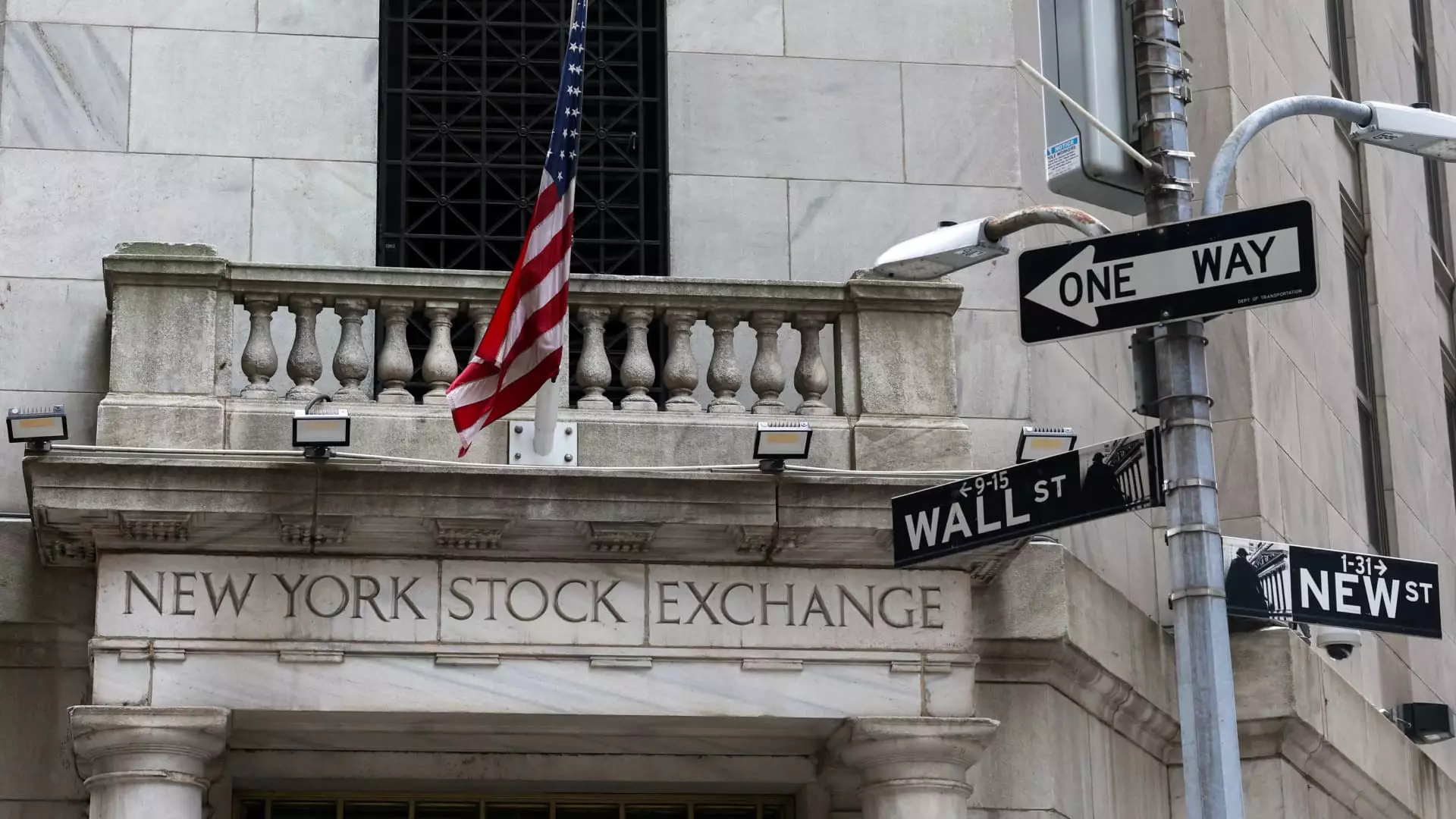The recent U.S.-China agreement to ease tariffs temporarily has been lauded as a milestone in global trade relations. However, it seems the excitement surrounding this development may have peaked prematurely. Adam Parker, a seasoned market analyst, highlights a troubling reality when analyzing the S&P 500’s downside potential. His observations reveal a stark mismatch: the earnings landscape shows a fragile trajectory that contrasts sharply with the exuberant market rally. With Q3 earnings growth historically set at 4.7%, expectations skew towards 7% for 2024, raising eyebrows about the sustainability of such optimism against the backdrop of prolonged trade uncertainties.
Investors Caught in Euphoria’s Snare
The palpable shift in investor sentiment—from pessimism to unwarranted optimism—is striking. It seems many are embracing a ‘glass-half-full’ perspective without critically assessing the implications. Anthony Saglimbene from Ameriprise captures this sentiment aptly, suggesting that the opportunity gaps that formed during market lows have hastily been filled. However, such enthusiasm can cloud judgment; after all, a rapid rebound from adversity does not automatically encode long-term health. As the S&P 500 presses on with a forward price-to-earnings ratio comfortably hovering around 21.6, parallels can be drawn to the pre-tariff rollout market conditions, which were primarily influenced by artificial inflated growth expectations.
Economic Conditions: An Overstatement of Resilience?
While the U.S. economy has shown surprising robustness since the disruptions triggered by the COVID-19 pandemic, it would be naïve to consider this trend unshakable. Michael Grant’s assertion that economists might be overly pessimistic, claiming a recession is unlikely this year, highlights a selective interpretation of data. Growth isn’t simply a constant upward trajectory; it requires structural support that is not guaranteed. The impending potential of renewed tariffs could shadow economic growth as market manipulators revel in short-term gains. A cohesive, robust market rests on a foundation of sound economic policy—not whimsical optimism.
The Reality Check: Earnings Growth vs. Market Momentum
Despite the seemingly positive market trajectory, the fundamentals don’t seem to align with stock price performances. The discrepancy between projected earnings growth and market valuations is alarming. With anticipated earnings growth hovering at 7% for 2025, against a backdrop of increased tariff pressures, it feels increasingly delusional to imagine a continued buoyant market. Investors must recalibrate their expectations and challenge the prevailing consensus, which too often leans into unchecked optimism rather than a grounded analysis of market realities.
The Risk of Complacency
Ultimately, the prevailing enthusiasm in the market could prove perilous. Complacency can foster a false sense of security, misleading investors into a false narrative of stability and continuous growth. As the saying goes, the higher you soar, the harder you can fall. A cautious yet realistic approach to stock market dynamics will bolster investor resilience, mitigating the risk of being blindsided by market turbulence spurred by shifts in policy and economic indicators. It’s time for investors to peel back the layers of optimism and confront the sobering reality lurking beneath the recent rally.

